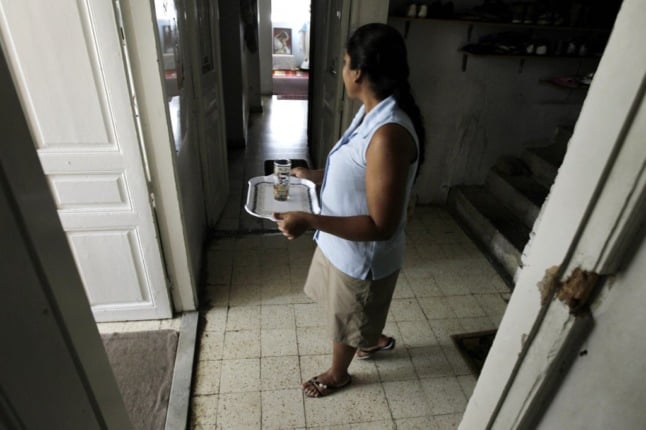The Court of Justice of the European Union on Thursday February 24th ruled that the Spanish system is discriminatory against its domestic workers, contrary to EU laws and indirectly sexist in that it particularly affects women.
“This exclusion entails a greater lack of social protection for domestic employees, which translates into a situation of social abandonment,” the high court statement published on Thursday reads.
Although the ruling is non-binding, it’s a win for domestic workers in Spain who for decades have been forgotten by authorities and usually forced to work in the underground economy.
The decision by the EU courts follows an appeal in 2019 by a domestic worker in Spain who wished to contribute taxes towards future unemployment benefits, only for the country’s Social Security agency to reject her request under the premise that Spanish law doesn’t allow it.
In 2011, Spain approved the current special regime for domestic workers, which recognised some labour rights such as access to sick leave but continued to deny other basic worker benefits such as unemployment payments.
Despite this, a third of the 536,100 domestics (mostly foreign women) who work in Spain are still not signed up to Spain’s social security system, according to the country’s 2021 Labour Force Survey. Two out of every three have earnings around the minimum wage bracket.
READ ALSO: What changed for families who have a domestic worker or cleaner in Spain in 2021
In February 2021, Spain’s Labour Ministry sent out around 45,000 letters to households with empleadas del hogar (domestic workers) warning them that they have to properly register their employees in Spain’s social security system and make the right contributions (cotizaciones), as well as ensuring they are paying them at least the minimum wage.
It’s not the first time the Court of Justice of the European Union calls out Spain’s labour laws as discriminatory as in 2012 they ruled that access to Spain’s more generous contributory pension system indirectly discriminated against women as there are a far higher number of women in part-time jobs in the country.



 Please whitelist us to continue reading.
Please whitelist us to continue reading.
Member comments